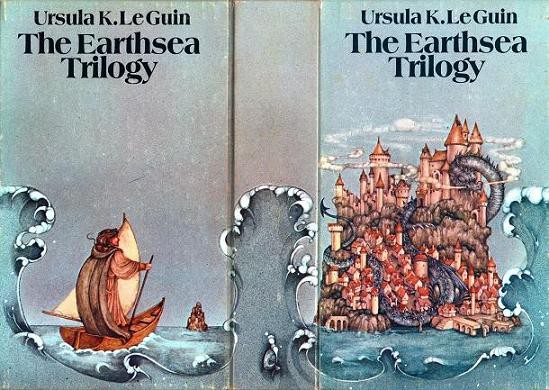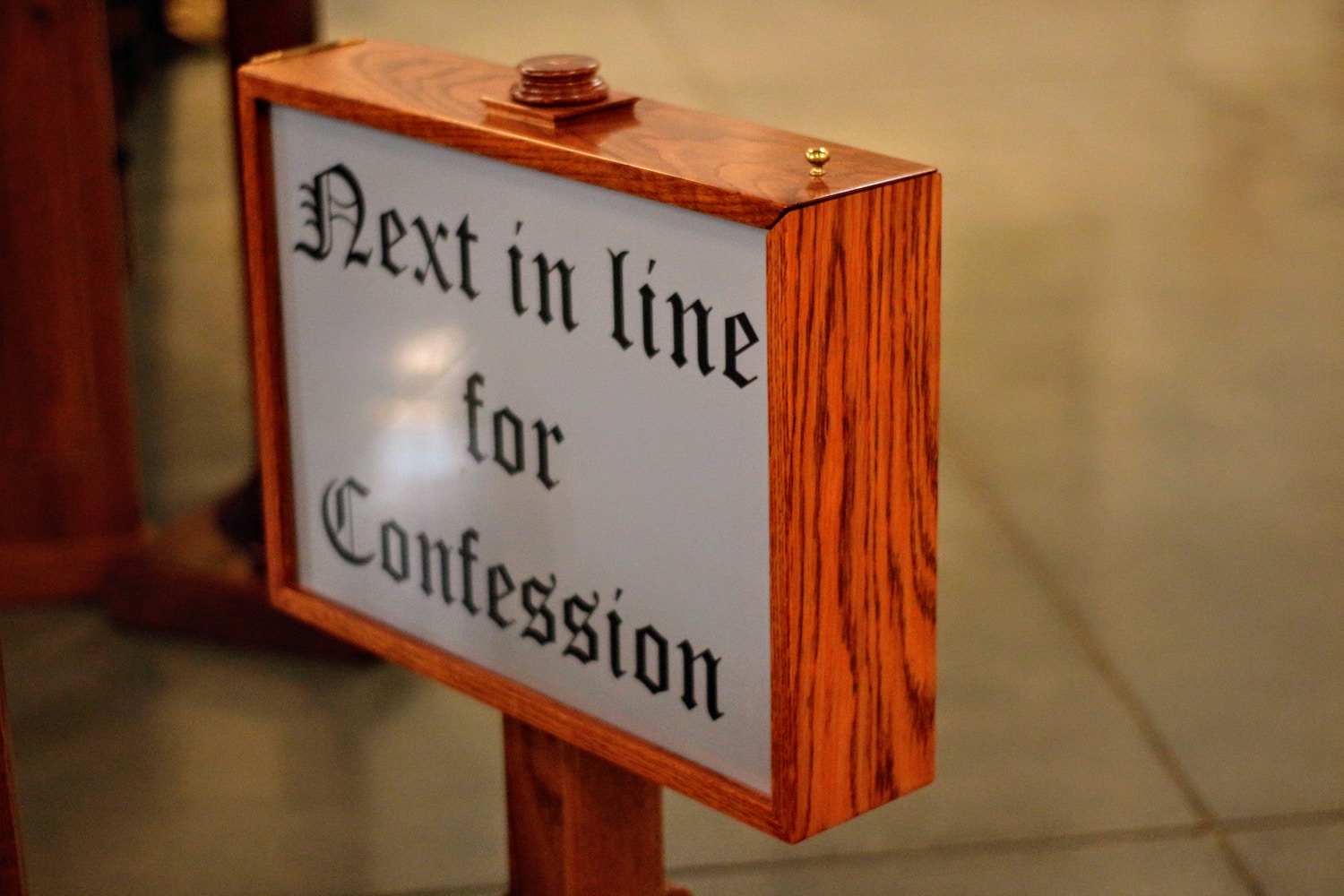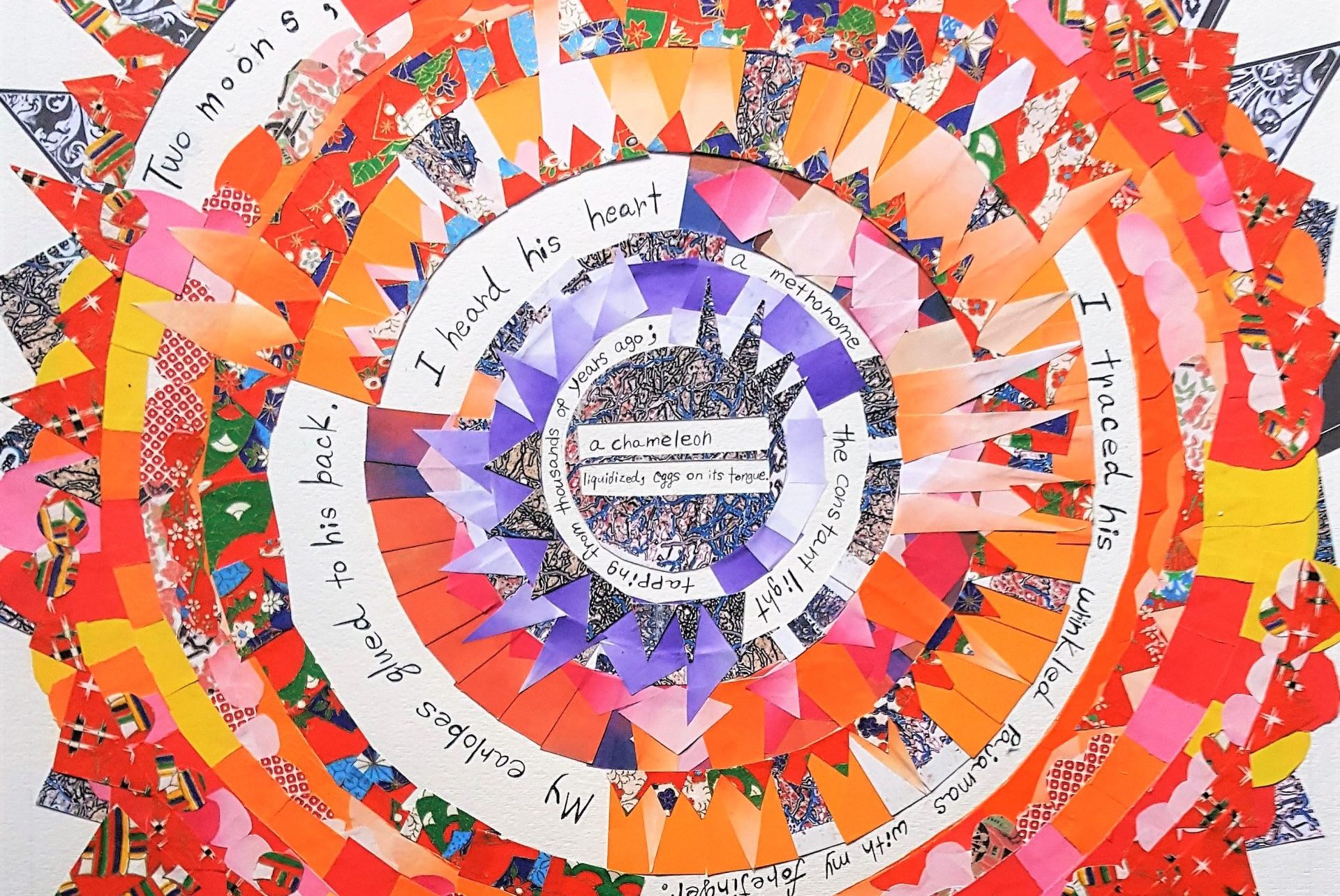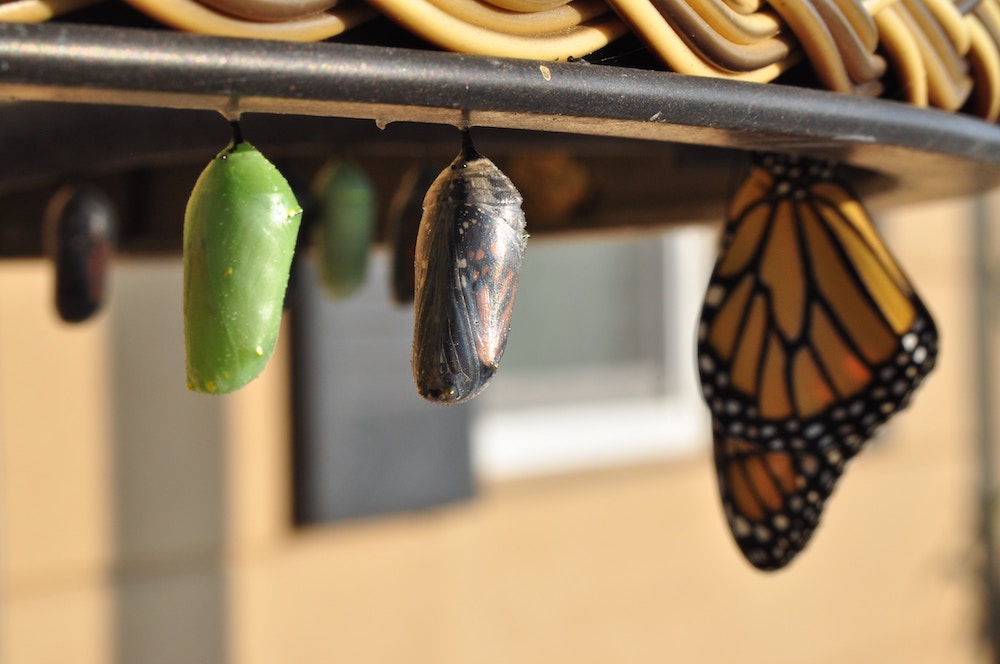Books & Culture
The Fabulist and Fantastic Edges of Contemporary Southern Women’s Poetry
How fantasy and fairy tales have influenced the poetry of Southern female poets

“There is rust
coppering down the fine
edges of everything here…”
“Sappho at the Edge of the Bayou” in If Birds Gather Your Hair for Nesting by Anna Journey
In “New Genres: Domestic Fabulism or Kansas with a Difference,” published in Electric Literature in 2014, Amber Sparks defines fabulism as “often interchangeable with magical realism… [it] incorporates fantastical elements within a realistic setting — distinguishing it from fantasy, in which an entirely created world (with constructed rules and systems) is born.” Her definition of “domestic fabulism” is that it takes the elements of fabulism — the animals that talk, the weather that wills itself into being, the people who can fly — and pulls them in tight, bringing them home. Domestic fabulism uses elements like a magnifying glass, or rather, a funhouse mirror.
I’m fascinated by the way in which women’s literature has always drifted into the mythological yet always returns us to the kitchen table.
As a reader, I’m drawn to this mirror. I’m fascinated by the way in which women’s literature has always drifted into the mythological yet always returns us to the kitchen table. Certain poems possess this quality more than others. To pick a few from the past six years: Anna Journey’s “Sappho on the Edge of the Bayou” from If Birds Gather Your Hair for Nesting, 2009; Kelly Whiddon’s “Riverbodies” from The House Began to Pitch, 2012; and Ansel Elkins’s “The Girl with Antlers” from Blue Yodel, 2015.
Before discovering Amber Sparks’s definition of “domestic fabulism,” I referred to the magical elements in these poems as “surreal.” I turned to blogger Shanna Dixon’s writing on contemporary Southern women poets. In her March 15, 2013 entry, Dixon begins:
The psychology of the Southern mind incorporates both realism and surrealism. While the subjects and characters within poetry are often depicted stark realism, the settings and surroundings often draw from surrealistic imagery, offering psychological insight into themes through a character’s surroundings.
The Southern mind takes the familiar setting — the domestic — and infuses it with magical, mythical elements, as in Journey’s poem: the “rust/ coppering down the fine/ edges of everything.” And what is “everything”? The specific images and themes that recur in the work of Journey, Whiddon, and Elkins include danger, mosquitoes, alligators, kudzu, the dead, cemeteries, trees, kitchens, ritual, family, alcohol, and water, seemingly ever-present in the Southern landscape. But these characteristics are not limited to the Southern experience. In much of contemporary women’s literature, mythical elements appear in the domestic sphere: we may be given elements of a kitchen, perhaps, but the scene may slip into a cemetery or river. Anything may wash up.
Aunt Ella is a tough cookie. She can handle the floods and cook a meal. And when you think you’ll get some honey, she gives us hot sauce instead.
Sparks believes that “folk tales gave birth to domestic fabulism,” that “immersion, an exploration of self and situation — of the dread that lives and lurks at home, where we cannot escape it.” So is the shift in the subject matter itself, or the way it’s addressed? Maybe the dread has always been there, but domestic fabulism allows the poet a new approach to letting it slip into the story. Kelly Whiddon’s “Riverbodies” begins by mythologizing the speaker’s aunt who “lives at the river’s edge” as a witch might. We’re immediately thrown into a sort of fairy tale, especially in the second line which demonstrates a natural disaster/phenomenon that may be the crux of a fairy tale, but it brings us back into the domestic sphere: “and when waters rise, she wades through her kitchen,/ skirts the snakes, and makes her breakfast of oatmeal/ and tabasco.” The wordplay and enjambment create humor, darkness, and ultimately a witchiness. Aunt Ella is a tough cookie. She can handle the floods and cook a meal. She’s not afraid of snakes. And when you think you’ll get some honey, she gives us hot sauce instead; a distinctly Southern detail.
She’s fantastic. Phantasmic. A fairytale witch who, almost mystically, has “seen everything/ that floats by and remembers it all.” Whiddon finds a way to use litany to overwhelm the reader with the images of these “treasures:” “tires and fishing poles, clothing/ and boat gear… …a chopstick, a condom, a soggy chapter/ on the art of blowing glass.” These are not treasures. This is junk. But by framing the items this way and calling them treasures, she’s keeping us in the surreal. In this world, maybe these are treasures. For this witch, maybe they’re important, even.

The real turn comes in the third stanza with an ominous leap: “Once she found a body/ under the bridge.” Here, we remember we are in the 21st century. This is contemporary and there is a real darkness. Murders aren’t caused by poisoned apples.
However, Whiddon shifts us again into a different context, describing how Aunt Ella remembers the body, the “arm’s position/ lying over the eyes like some third rate Scarlet,” a reference to Scarlett O’Hara of Gone with the Wind. So we see a different South, a dramatic action pertaining to the “Southern belle” trope, but a little rustier, “third rate.”
This is contemporary and there is a real darkness. Murders aren’t caused by poisoned apples.
The end of the poem comes like the worst ending: “it was all a dream.” In this case, we’re brought back to the moment our poem began despite its allusions to another world: “They’re all gone now, even the dead girl — not there to note/ that [Aunt Ella] sits at the edge of a river and sees all that is washed up.” Past and present conjoined for the duration of the poem.

How other than domestic fabulism could women tell these stories; how can writers accurately portray this climate — the intense heat, oppressiveness of heat and culture and history? According to R. T. Smith in “Thriving on Buck & Wing,” the afterword of a special issue of Shenandoah from 2000, “Poets who have a song and a story, a history and a language etched into the land are likely to have a vision which includes the idea of a poem as a ceremony.” So these are poems of ritual and celebration, observance and procedure, even performance, to an extent. These poems resonate off the page, where the fabulist elements can copper up the history and vision and turn ceremony into myth, into legends grounded in everyday actions.
The title of Anna Journey’s “Sappho at the Edge of the Bayou” says it all. We’re given scene and context. A historical figure — Sappho, Greek lyric poet whose work survives in fragments — is placed in the contemporary south. Her name evokes poetry, goddesses, and music. The poem itself begins with a jazz band, at a wedding, but it’s Journey’s language that gives the scene so much more:
Coughed up the jazz band’s brass throats,
weddings are a hollow music
pressed thickly around curls
of the wrought-iron gate,
the cast-solid magnolia.
The metaphors congeal, become as thick as the humidity and we’re so close to it, we can’t focus on any one image but rather feel it all at once: that Southern climate. But our speaker can. By line 5, she shifts into a sort of distanced, authoritative voice claiming, “There is rust/ coppering down the fine/ edges of everything here.” The images within this poem include water, family, superstition, mythology, and birds. We see all that’s broken down and we see it as beautiful. Ultimately, that’s what the fantastic, surreal, fabulist can do at its best.
We see all that’s broken down and we see it as beautiful. Ultimately, that’s what the fantastic, surreal, fabulist can do at its best.
Domestic fabulism “simultaneously distorts and reveals the true nature of the home, the family, the place of belonging or in many cases, not belonging at all,” writes Sparks. Whiddon builds a world in which Aunt Ella does belong. Ansel Elkins’s “The Girl with Antlers,” however, may never find that place. In this poem, we see the fantastic from a domestic viewpoint. The fabulous and fabulist girl with antlers is raised by “a terrified midwife” who named her “Monster.” Because we have such domestic grounding, we accept that our narrator is naturally a human born with antlers, and Elkins’s tone works is informative rather than exploitive. Like “Riverbodies,” this poem is a celebration of women and story. Our narrator, adopted by a woman and taken to “her mountain home/ high at the end of an abandoned logging road” reads aloud “myths of the Greeks/ while the woodstove roared.” Two women bond while exploring the mythic in a domestic setting. Elkins pushes the domestic fabulous further, beginning the third section:
The woman was worried when I would not wear dresses.
I walked naked through the woods.
She hung the wash from my head
on hot summer days when I sat in the sun to read.
It’s a perfectly natural, domestic fantasy. As Sparks says, “domestic fabulism takes the elements of fabulism — the animals that talk, the weather that wills itself into being, the people who can fly — and pulls them in tight, bringing them home.” She doesn’t belong, yet she is home. Women’s literature has found a way to not only create that home but to lay out a welcome mat for the reader, then invite them to the porch for a cold drink.
About her poem, Elkins says, “the mystery of [antler-girl’s] existence inspires uncertainty and terror, and as a result she is deemed monstrous and rejected at birth.” Many women can relate to this character, this poem, this feeling of rejection. It’s an example of how domestic fabulism can offer a way for us to deal with fears, unknowns, and fear of the unknown inside of a familiar place.
Many women can relate to this character, this poem, this feeling of rejection.
There’s a lack of comfort in seeing the darker sides of our lives up close, but there’s also thrill and joy in the fantasy. Domestic fabulism lets us re-experience our customary surroundings in an alien way. Sparks says, “…there is no place like home, but these domestic fabulisms help us mirror home so carefully we’re sure to see and shudder at the slowly spreading cracks.” And those cracks are the rust that’s breaking down what we know, returning us to water, coppering down the fine edges — slowly, yes — but beautifully. In this we find transformation. What we know — the domestic — becomes darker, more broken, and we find an indescribable truth in its surreality. Like Antler-Girl and Elkins, we as readers find power in “dwelling fully in the magic and mystery of [these] strange, wild, weird-and-wonderfully-made sel[ves].”








